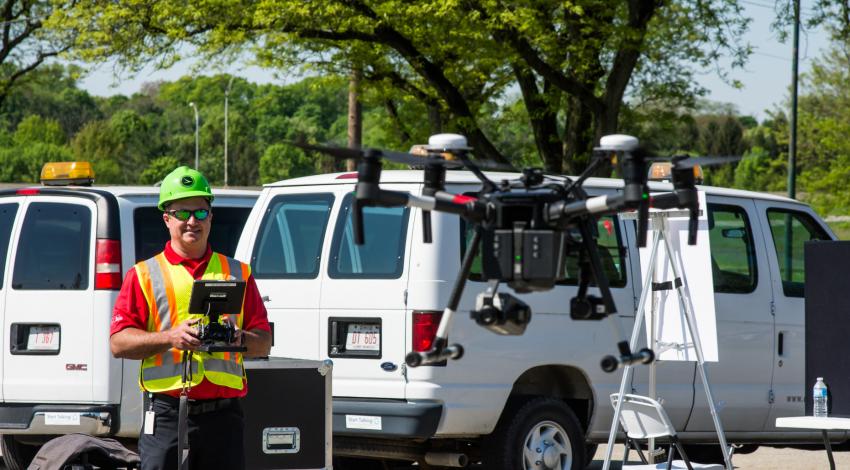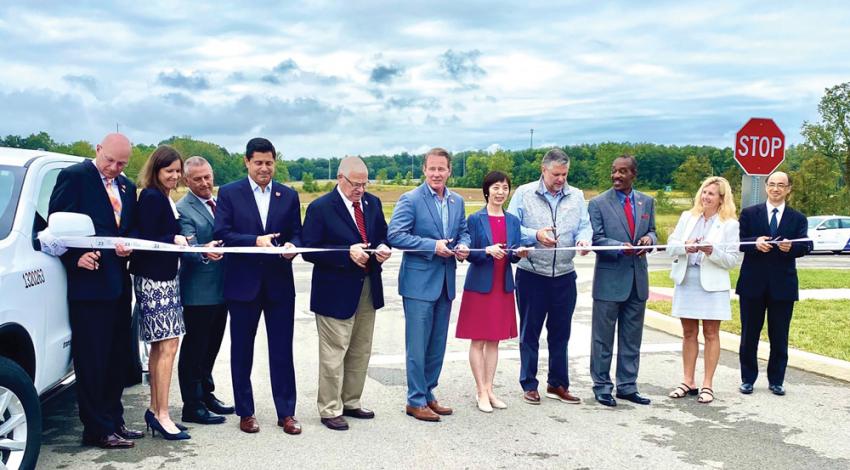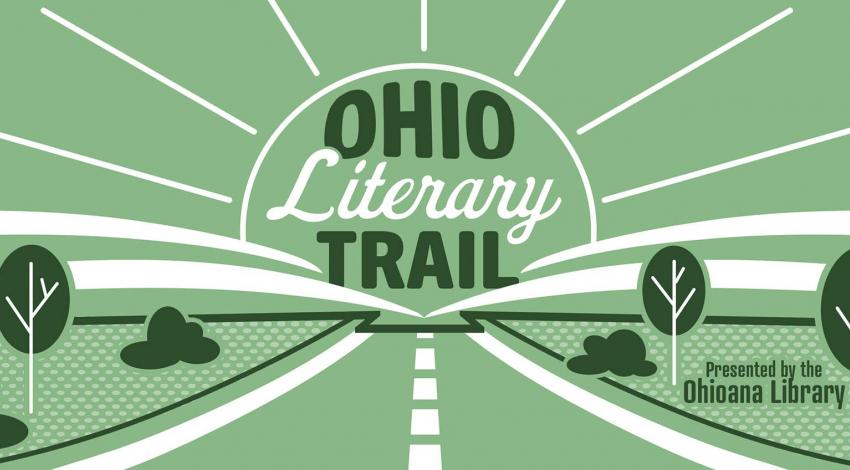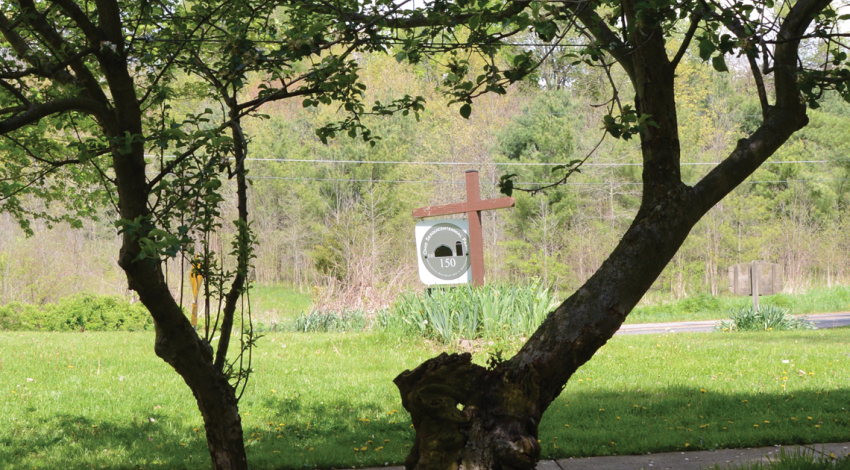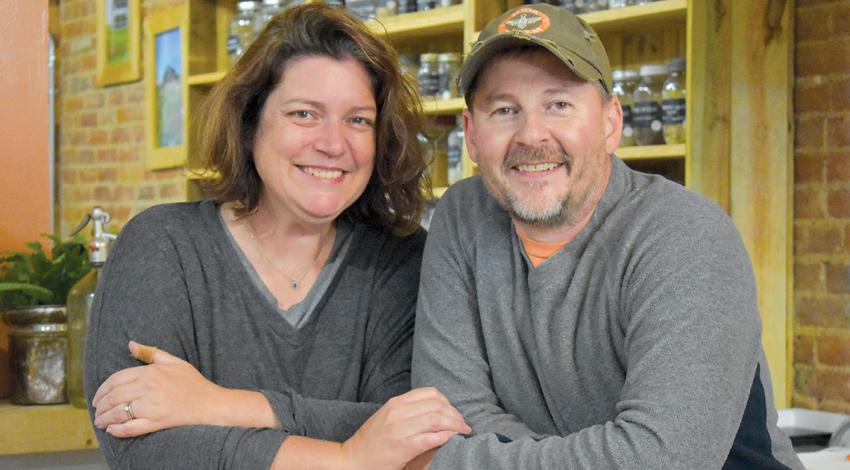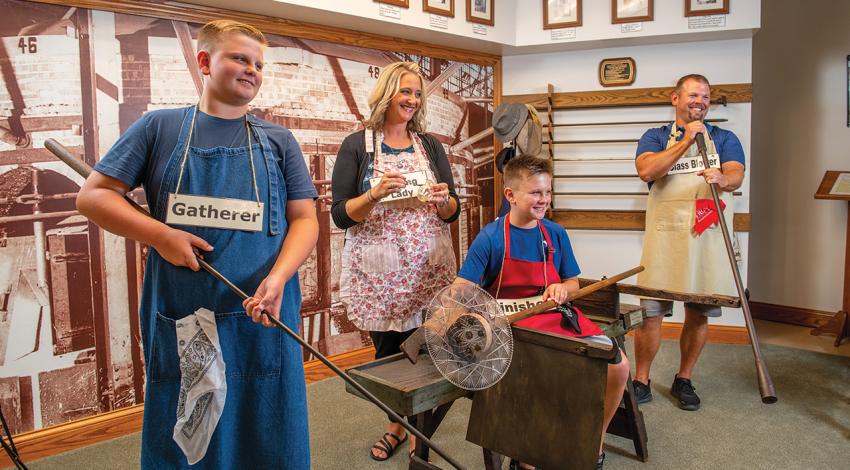These days, as we watch more than 100,000 fans pack Ohio Stadium for Buckeyes football, weekend after weekend each fall, it’s impossible to imagine Ohio State University without it.
“We think, in 2022, that this stadium was inevitable — that it was inevitable it was going to be a double-decker and that it was going to be built for more than 60,000 people [its original capacity]. And of course, we inevitably enclose it because we knew we would fill it up so much, right?” Chute says. “Those assumptions are just not true.”

